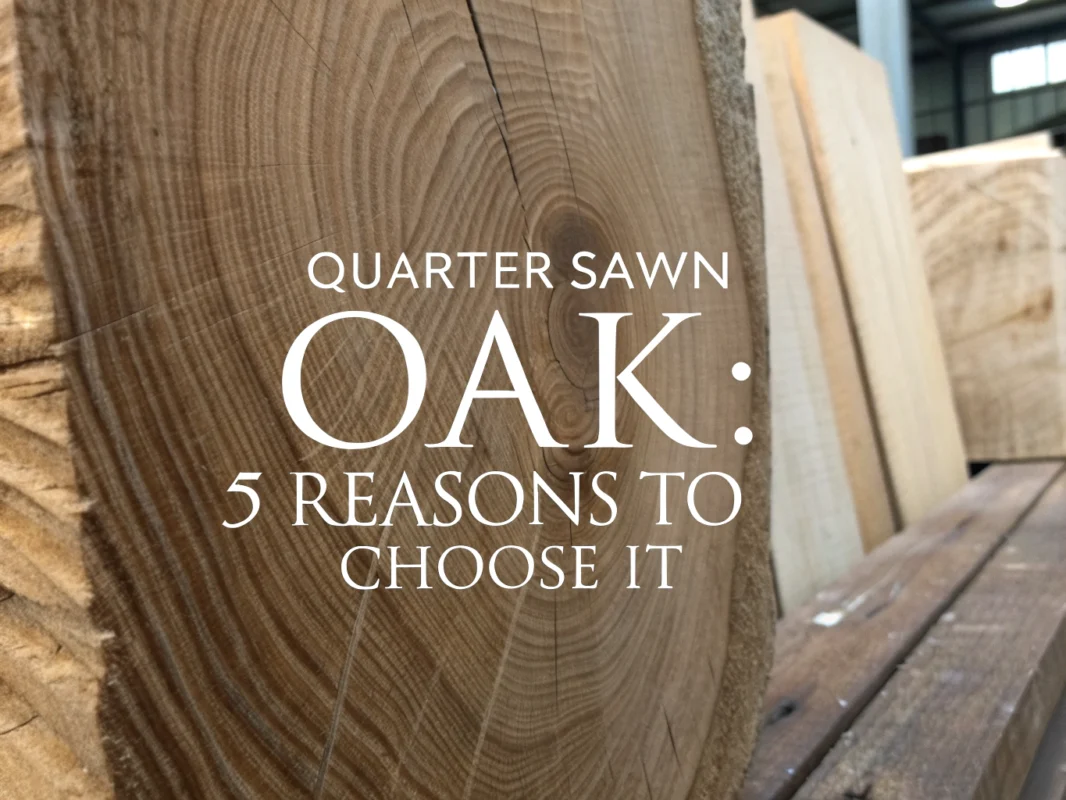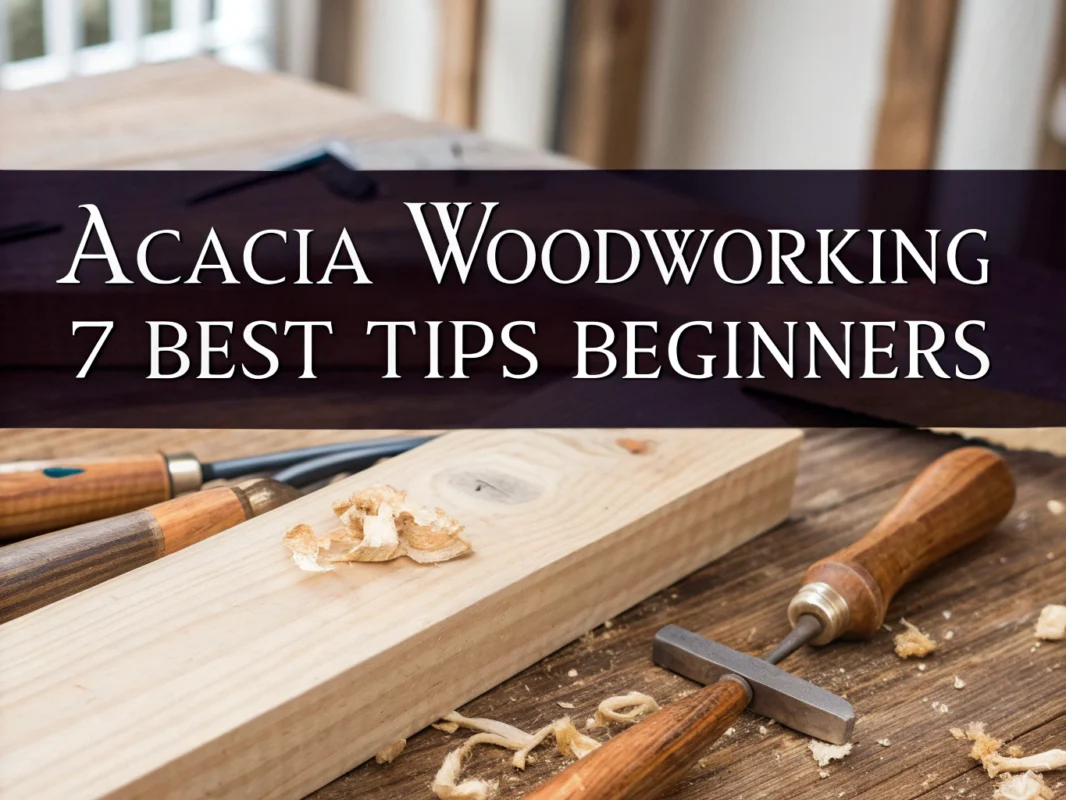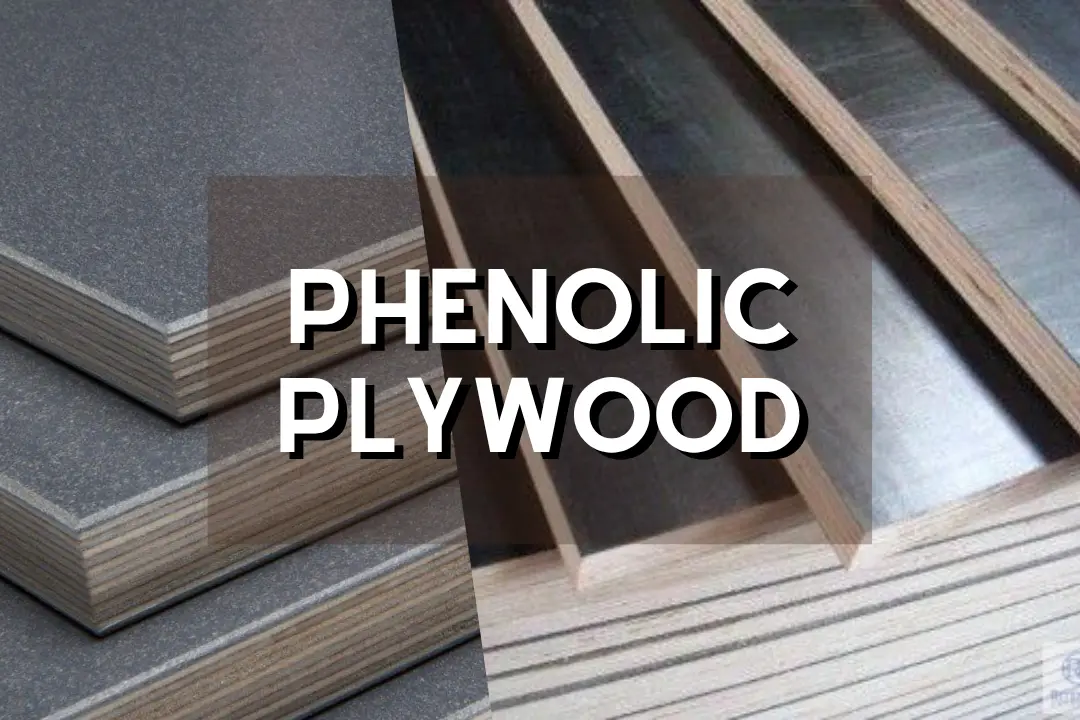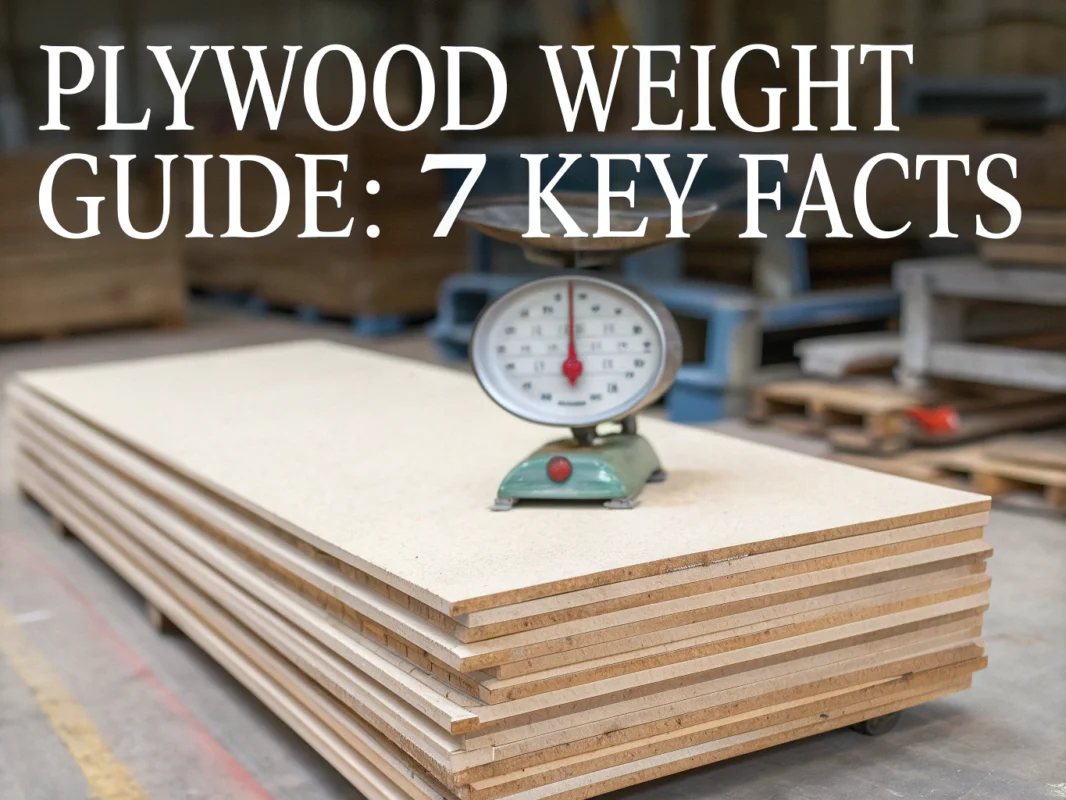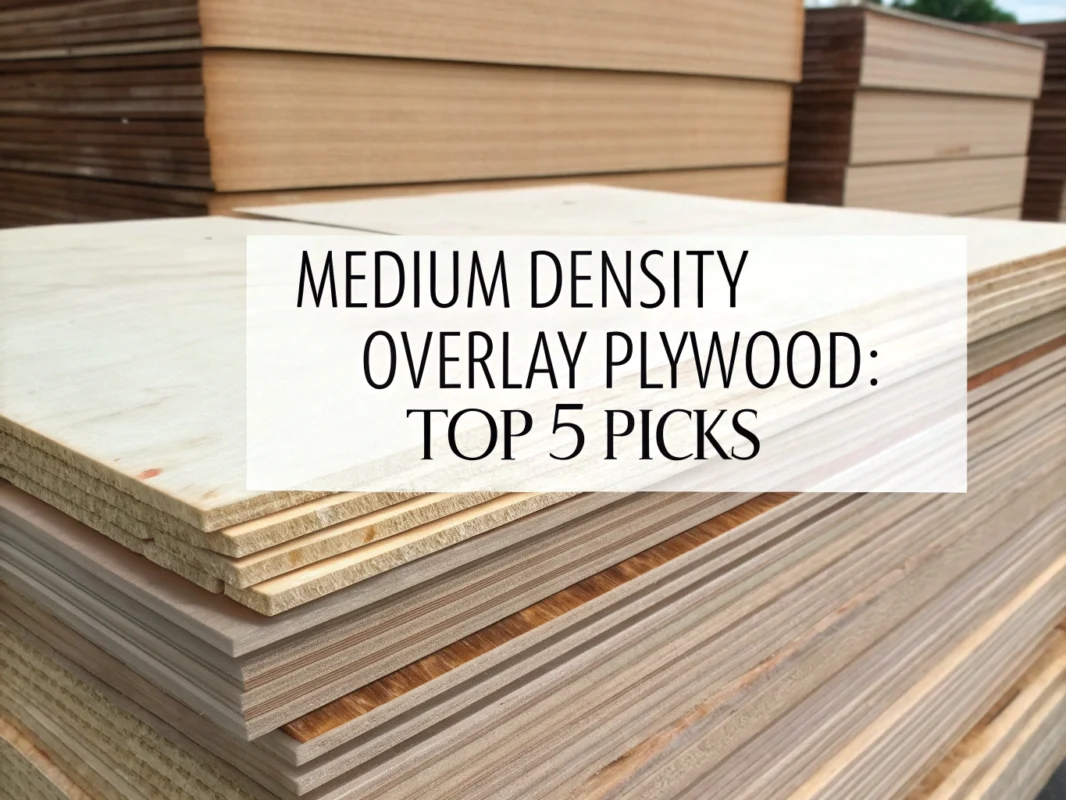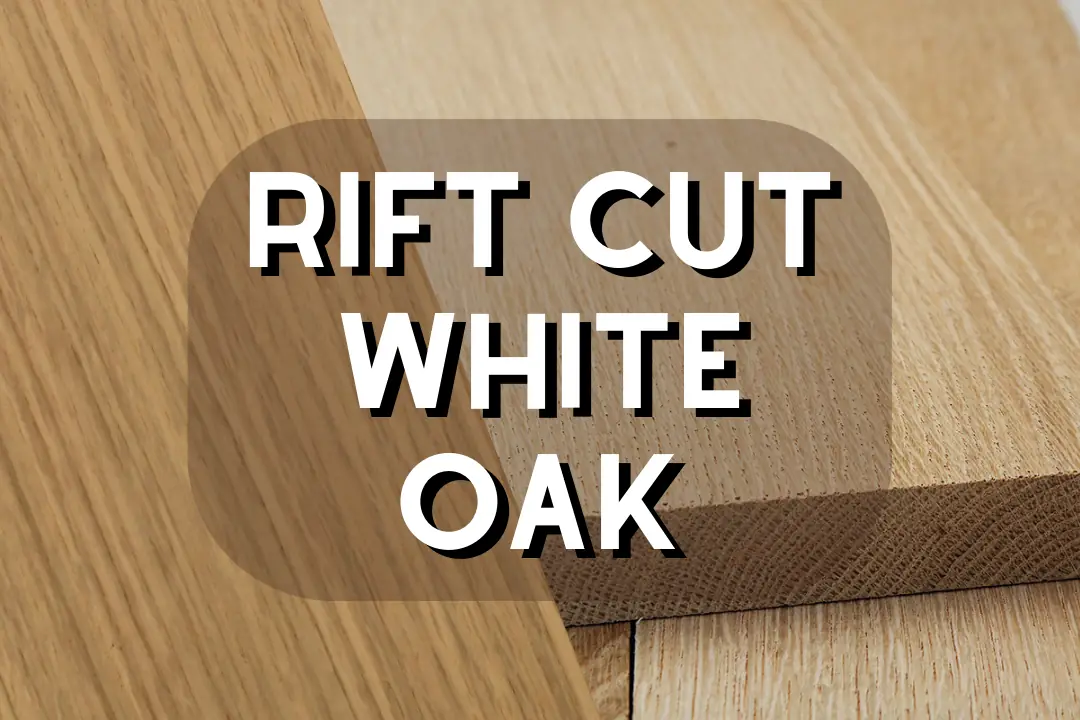
Ever wondered what makes rift cut white oak a favorite among woodworkers? This special cut stands out for its unique grain patterns and versatility. Let’s uncover the secrets behind this sought-after type of white oak and explore how it ranks against the quarter sawn oak. Whether you’re planning a new project or just curious, we’ve got you covered!
Table of Contents
Rift cut white oak delivers a clean, linear grain pattern that’s become the go-to choice for modern cabinetry and furniture projects. Rising demand in 2025 has shifted market standards, making it more important than ever to understand quality grades and sourcing strategies for this premium material.
What Is Rift Cut White Oak?

Definition and Cutting Method
Rift cut white oak refers to a specific sawing method that produces predominantly straight, linear grain with minimal variation. This cutting technique reduces the prominent medullary ray “fleck” that’s characteristic of other white oak cuts. In rift cut white oak, the ray fleck runs primarily with the grain and up to approximately 30 degrees off, creating a much more uniform appearance than quartersawn alternatives.
Color and Texture Characteristics
The typical color range spans from straw and light tan to creamy beige tones. This neutral palette finishes beautifully to warm honey shades with stain application. The texture falls into the medium-to-coarse category, providing enough character without overwhelming contemporary design schemes. White oak’s natural properties make it an excellent canvas for both natural and stained finishes.
Relationship to Quarter Sawn Oak
While both cuts come from the same species, rift cut and quarter sawn oak offer distinctly different aesthetics. Quarter sawn oak displays bold ray fleck running both parallel and perpendicular to the grain, creating dramatic visual interest. Rift cut white oak minimizes this fleck pattern, resulting in the clean “comb grain” appearance that’s perfect for modern applications. Both cuts share white oak’s inherent durability and workability.
Applications in Modern Woodworking
Rift cut white oak excels in contemporary cabinetry, paneling, and furniture where clean lines take precedence. The linear grain pattern complements minimalist design philosophies and works exceptionally well in kitchen cabinets, built-in storage, and modern furniture pieces. White oak lumber in rift cut form provides the structural integrity needed for demanding applications while maintaining the refined aesthetic that today’s designers seek.
Rift Cut vs. Quarter Sawn White Oak: Key Differences
Grain Pattern and Ray Fleck Comparison
The most significant difference lies in the ray fleck presentation. Rift cut white oak showcases subtle fleck aligned with the grain direction, creating a calm, linear appearance. Quarter sawn oak displays stronger ray fleck visible both parallel and perpendicular to the grain, resulting in a more character-forward look. This distinction makes rift cut the preferred choice for contemporary aesthetics.
Color Presentation Differences
Quarter sawn white oak with light stains reveals a broader range from creamy tans to medium browns, often including near-white sapwood sections. The fleck pattern becomes more pronounced with lighter finishes. Rift cut white oak reads more uniformly across the surface, offering a consistent light to medium brown base that serves as an ideal canvas for modern stain applications.
Best Use Cases for Each Cut
Choose rift cut white oak for minimal, linear aesthetics in cabinetry, paneling, and modern furniture projects. The clean grain pattern works perfectly in contemporary and transitional spaces. Select quarter sawn oak when you want dramatic fleck patterns for Craftsman, Arts & Crafts, or traditional styles where character and visual interest take priority over uniformity.
Understanding Grades, Quality, and Sourcing
Standard vs. Premium “Comb Grain” Grades
Standard grade rift cut white oak can include pin knots and mineral streaks that add character but may not suit every application. Premium “comb grain” aims for near-flawless appearance with narrowly spaced straight grain and minimal defects. Premium grades often feature book-matched or slip-matched patterns, with grain running the full 8-foot dimension in veneer applications.
Market Reality and Quality Drift in 2025
Rising demand has led to broader acceptance of color variation in rift-labeled stock. You might encounter pinkish or reddish undertones, increased sapwood content, and even quartersawn fleck patterns mixed into rift cut white oak shipments. Market pressures have loosened traditional grading standards, making careful specification more important than ever.
Procurement Checklist for Clean Rift Stock
For truly clean rift cut white oak, follow this procurement strategy:
- Request photos or samples of the exact batch before ordering
- Specify “rift-only with minimal fleck” in your purchase order
- Set sapwood limits and color range parameters
- Define matching method (book-match or slip-match) for large runs
- Expect higher material and sorting costs for premium selection
Performance, Workability, and Finishing Properties
Material Strength and Durability
White oak boards deliver exceptional strength, density, and workability regardless of the cutting method. The species’ natural decay resistance comes from tyloses – cellular structures that block moisture penetration. This medium-to-coarse textured wood features alternating tight-to-porous grain that machines cleanly and holds fasteners securely, making it ideal for both structural and decorative applications.
Finishing Behavior and Stain Acceptance
Rift cut white oak accepts stains exceptionally well due to its uniform grain structure. Light and natural finishes highlight the linear grain pattern, while darker stains add depth without obscuring the wood’s character. The consistent grain takes finishes evenly, making it perfect for contemporary looks where uniformity matters more than dramatic variation.
Matching and Layout Considerations
Veneer sequences can be matched across larger projects to maintain visual continuity. Specify grain orientation to preserve the linear flow on doors, drawer fronts, and paneling. Book-matching creates mirror images, while slip-matching maintains grain direction – choose based on your design intent and the scale of your project.
Cost, Availability, and Project Planning
Cost Drivers and Premium Pricing Factors
Premium rift cut white oak with consistent color and minimal defects commands significantly higher pricing than standard grades. The sorting and selection process increases labor costs, as mills must carefully grade each piece to meet strict specifications. White oak lumber costs also reflect the limited availability of logs that can produce true rift cut boards.
Current Market Availability Challenges
Demand spikes make truly “clean” rift cut stock harder to source in 2025. Communicate strict specifications early in your project timeline to avoid substitutions with quartersawn-like fleck or excess sapwood content. Lead times have extended, and premium grades often require advance ordering with deposits.
High-Value Applications and ROI
Rift cut white oak delivers the best return on investment in high-end cabinetry, doors, and paneling applications. The material’s premium appearance and durability contribute significantly to resale value when executed properly in custom builds. White oak cabinets featuring rift cut faces consistently outperform other species in both longevity and market appeal.
Rift Cut White Oak Veneer and Edgebanding Products
Veneer Sheets for Large Surface Applications
Use rift cut white oak veneer when you need consistent grain patterns over large areas. Specify A-grade face veneer to minimize defects and choose between PSA (peel-and-stick) backing for quick installations or paper/wood backing for contact cement or vacuum bag pressing applications.
Peel-and-Stick Options for Quick Updates
Peel-and-stick rift cut white oak veneer works perfectly for small to medium panel faces, drawer fronts, and repair applications. Make sure your substrate is flat and dust-free before application, then roll firmly to achieve proper adhesion.

Peel and Stick Oak Veneer
- 24x48 size with 3M adhesive
- A-grade face for clean rift look

Ultra Thin White Oak Veneer Sheet
- 24x96 flexible peel-and-stick
- A-grade face for decorative applications
Matching Edgebanding Solutions
Use heat-activated preglued edgebanding for plywood edges and shelves to match your rift cut white oak veneer. Sand and finish the edgebanding together with the veneer faces to achieve consistent color matching across your project.

Preglued White Oak Edge Banding
- Iron‑on, sanded, made in USA
- ideal for cabinetry edging
Design Applications and Style Compatibility
Modern and Contemporary Interior Styles
Rift cut white oak pairs beautifully with modern, Scandinavian, and Japandi interior styles. The straight, calm grain pattern and neutral tone range complement minimalist design philosophies without competing for visual attention. Transitional spaces also benefit from the material’s ability to bridge traditional warmth with contemporary clean lines.
Color Pairing and Hardware Recommendations
The neutral palette works exceptionally well with matte natural finishes for minimalist looks, or accepts smoked and ebonized stains for dramatic contrast. Rift cut white oak complements stone countertops, concrete surfaces, and black metal hardware. Design flexibility makes it suitable for both warm and cool color schemes.
Board Selection for Solid Wood Components
For solid wood components, select white oak boards with straight grain patterns and avoid cathedral growth rings that disrupt the linear aesthetic. When using panels, prefer rift cut veneer or rift-matched layups to maintain consistency across your project. White oak’s stability makes it an excellent choice for both structural and decorative elements.
Professional Specification Guidelines
Lumber and Board Specifications
Use this specification language for white oak lumber: “Provide rift cut white oak lumber/white oak boards with linear grain, minimal fleck, no cathedraling, sapwood under 10%, color range light beige to medium brown; random width/length; SLR2E; moisture 6–8%.” This specification helps prevent substitutions and sets clear quality expectations.
Veneer Specification Language
For veneer applications, specify: “Rift cut white oak veneer, A-grade face, comb grain, slip/book matched as indicated, sequenced for run; backer: 10 mil paper or PSA as scheduled; minimize pin knots/mineral streaks; grain running 96-inch dimension for doors/panels.” Clear specifications prevent costly substitutions and rework.
Finish Requirements and Approval Process
Include finish specifications: “Sample and approve stain/clear finish schedule; target natural to honey tone or approved stain; uniform sheen across fronts and panels.” Require sample approval before full production to avoid color matching issues. Test finishes on actual project material rather than generic samples to account for natural variation in rift cut white oak.
FAQs
What Is The Difference Between Rift Cut And Quarter Sawn White Oak?
Rift cut and quarter sawn white oak both refer to the method of cutting the wood to achieve distinct grain patterns. Rift cut tends to have long, straight grain patterns that are more linear, while quarter sawn exhibits a more pronounced, flaky pattern known as “medullary rays”. This difference arises from the angle at which the boards are cut from the log.
How Is Rift Cut White Oak Made?
Rift cut white oak is made by cutting the log at a slight angle from the radius. This technique minimizes the growth rings appearance and produces a clean, straight grain. It’s more labor-intensive compared to other cutting methods, which contributes to its distinctive appearance and higher cost.
What Are The Advantages Of Using Rift Cut White Oak In Furniture?
Using rift cut white oak in furniture offers several advantages. Its straight grain provides a sleek and modern look, which is highly desirable in contemporary designs. Additionally, rift cut wood is more stable and less prone to warping, making it a great choice for durable and lasting furniture pieces.
Is Rift Cut White Oak More Expensive Than Plain Sawn?
Yes, rift cut white oak is generally more expensive than plain sawn due to the additional labor required in its cutting process and the amount of waste produced. However, the unique aesthetic and stability it offers make it a valuable investment for high-quality furniture and cabinetry.
How Does The Grain Pattern Of Rift Cut White Oak Compare To Other Cuts?
The grain pattern of rift cut white oak is typically very straight and linear, offering a more uniform and consistent appearance compared to other cuts like plain sawn, which displays more varied patterns, or quarter sawn, which showcases the characteristic medullary rays. This makes rift cut desirable for projects needing a clean, minimalist look.




